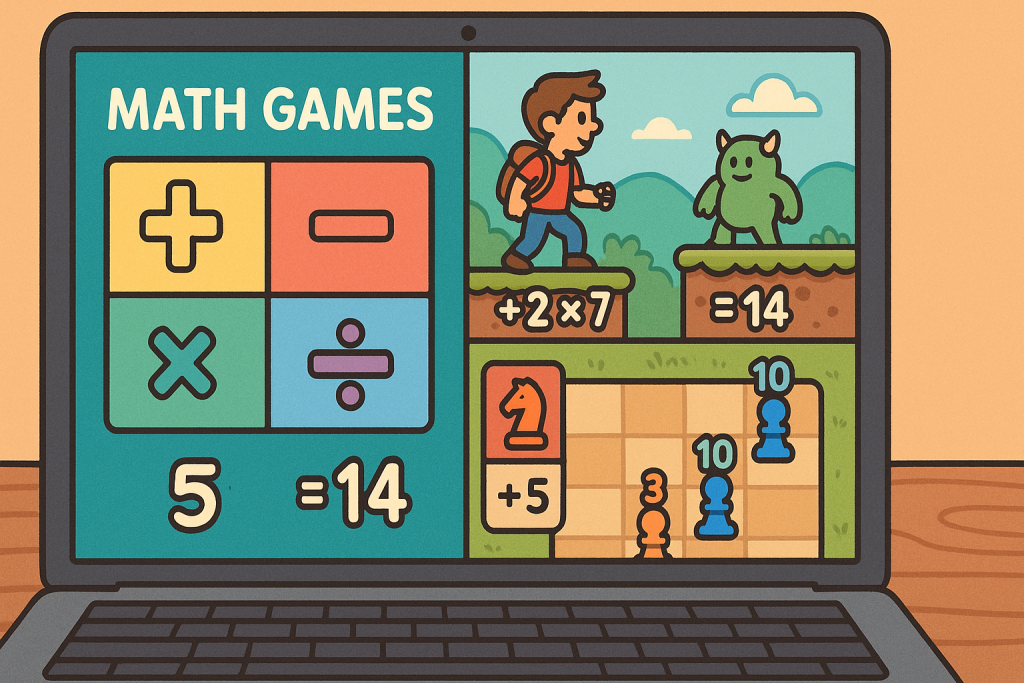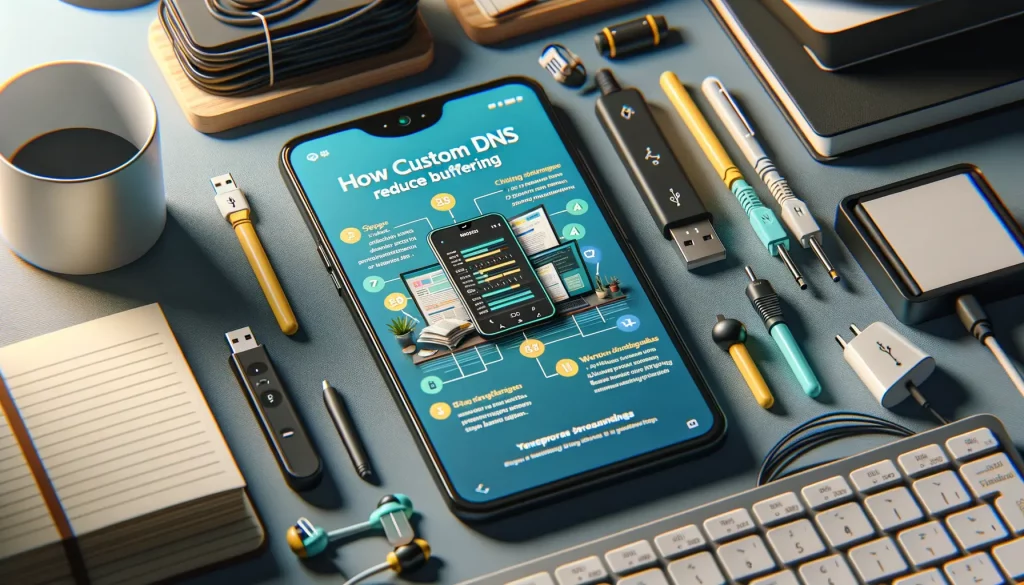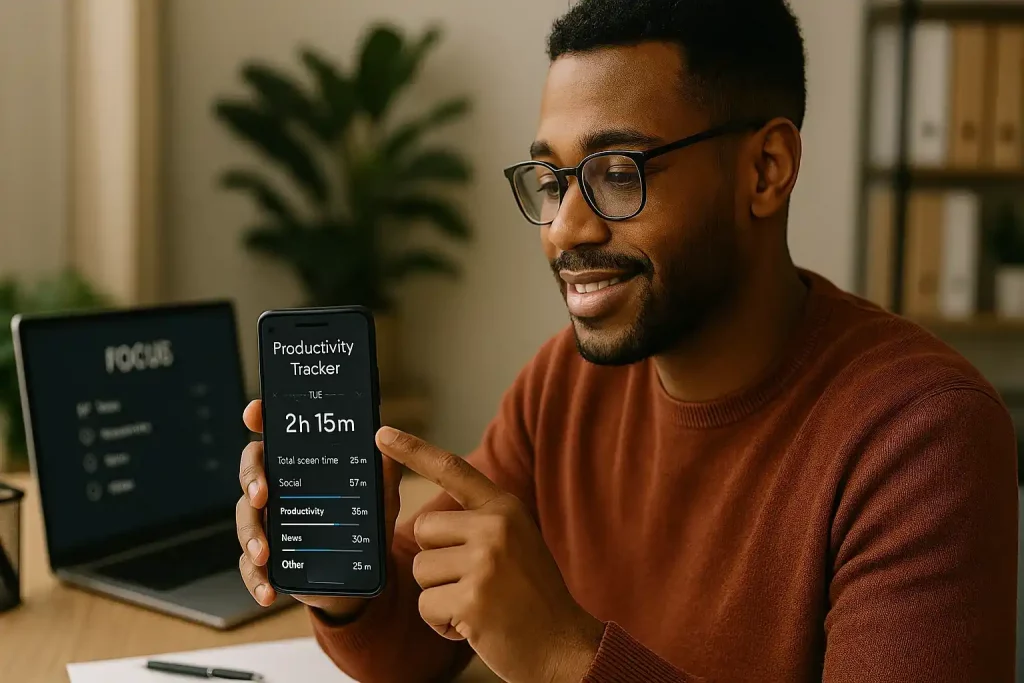The Role of AI in Personalized Video Recommendations
How AI Knows What You’ll Love Watching
Imagine opening your favorite video app and instantly being greeted by a selection of content that seems almost uncanny in its accuracy—exactly what you were craving without even knowing it. That seamless, magical experience? It’s all thanks to the brilliant work of AI-driven video recommendation systems.
At its core, AI is like a detective, piecing together clues about your unique preferences. It analyzes your viewing habits: Did you binge that rom-com series last week? Replay a sci-fi trailer three times? Add documentaries but never actually watch them? It gathers all these signals and starts building a profile of your tastes, quirks, and guilty pleasures.
But it doesn’t stop there. AI doesn’t just focus on you—it dives into the vast ocean of user data. By comparing your behaviors with others who share similar patterns, it uncovers hidden gems you didn’t even know you needed. Suddenly, that obscure indie film or fresh comedy sketch lands on your screen, and it—miraculously—feels like the perfect fit.
- Content clustering: AI groups similar videos based on themes, genres, and moods.
- Behavioral predictions: It learns to anticipate what you’ll click on next, keeping you hooked.
It’s a bit like having an intuitive friend who knows you better than you know yourself—only this “friend” never sleeps, forgets, or gets it wrong (most of the time).
Key Algorithms Powering AI-driven Video Personalization

Unveiling the Secret Sauce: Collaborative Filtering and More
Behind every eerily accurate video recommendation lies a dance of clever algorithms. At the heart of this magic is Collaborative Filtering, the social butterfly among algorithms. It works by analyzing patterns — your viewing habits intertwined with those of millions of other users — to predict what you’ll enjoy next. Ever wondered why that quirky indie film or niche comedy seems tailormade for you? It’s not coincidence; it’s this algorithm whispering, “Hey, others like you loved this!”
But wait, there’s more! Content-Based Filtering doesn’t just watch what you watch—it *studies* it. It dives into the video’s metadata (think genres, actors, themes) and matches it to your preferences. It’s like a best friend who remembers you gushed about sci-fi last summer and keeps bringing it up.
- Deep Learning Models: These mimic how humans think. They can detect subtle cues in video content, like mood, tone, or even the tempo of background music.
- Natural Language Processing (NLP): This gem reads and understands video titles, descriptions, and tags to ensure they align with your tastes.
The result? A personalized feed that feels less like an algorithm and more like a suave curator who *gets* you.
Impact of AI on User Engagement and Retention

How AI Deepens the Connection Between Viewers and Content
The magic of AI doesn’t just stop at getting you to click “play”—it goes much, much deeper. By analyzing your viewing patterns, preferences, and even how long you linger on a thumbnail, AI crafts recommendations that feel tailor-made for you. Ever had that eerie feeling when a video pops up, and it’s *exactly* what you wanted before you even knew it? That’s no coincidence—it’s the art of AI-driven personalization in full bloom.
This tailored approach doesn’t just reel you in; it keeps you coming back for more. Apps like Netflix and YouTube use AI to analyze millions of data points to fine-tune suggestions. The result? You’re hooked. More engagement means longer watch times, and longer watch times mean—you guessed it—higher retention rates for platforms.
- Context-aware recommendations: Watching cozy cooking shows? AI might suggest a heartwarming food documentary next.
- Dynamic playlists: AI curates ever-evolving playlists based on your vibe, seamlessly adapting as your interests shift.
When every suggested video feels like a dopamine hit, it’s no surprise that users form lasting habits around these apps. It’s not just entertainment; it’s an unspoken, irresistible dialogue between you and the algorithm.
Challenges and Ethical Considerations in AI-powered Recommendations
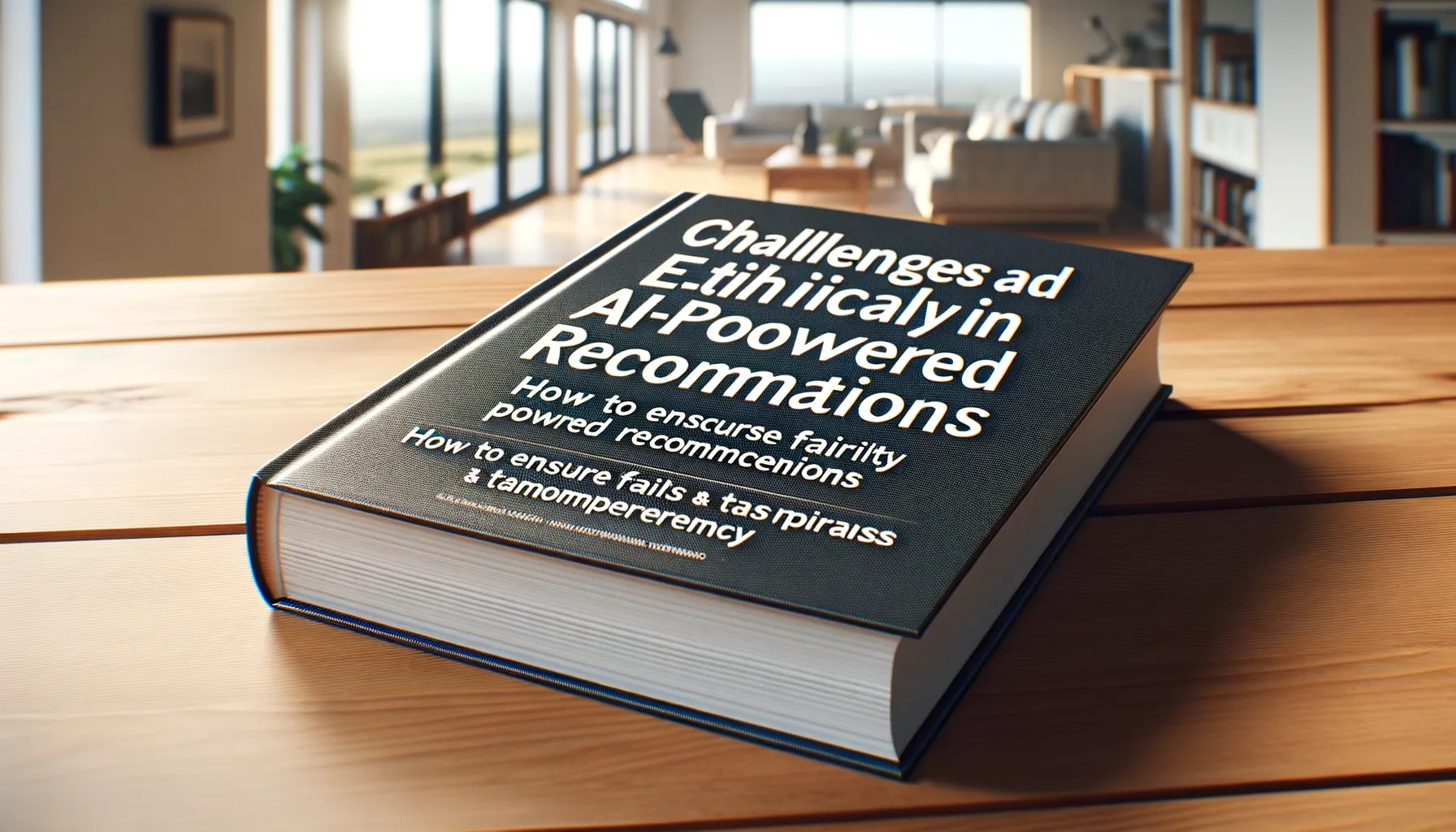
Navigating the Grey Areas of AI Decision-Making
Artificial intelligence may seem like a digital magician when recommending the perfect video, but let’s be real—it comes with its own set of tricky dilemmas. One big challenge? Ensuring that AI-driven recommendations reflect diverse voices and perspectives. Picture this: you’ve watched a few travel vlogs, and suddenly your feed is flooded only with sunny beach getaways. What happened to mountain treks or city tours? This over-personalization can create a kind of “filter bubble,” limiting what we see and boxing us into narrow content preferences.
There’s more. The algorithms live and breathe on data, and sometimes they’re gluttons for it. But how much personal information is too much to share? Striking the balance between offering tailored suggestions and respecting your privacy is a tightrope for companies. Imagine finding out your viewing habits are being mined for ad targeting without explicit consent—that’s an instant trust-breaker.
- Could age-based predictions unintentionally exclude certain audiences?
- What about the risk of amplifying harmful, sensationalist content just because it gets clicks?
Ethical dilemmas like these haunt the AI industry, making transparency and fairness more critical than ever. Users aren’t just numbers—they’re people, and keeping that front and center is non-negotiable.
When Algorithms Get It Wrong
Even the smartest AI systems trip up every now and then. For instance, auto-recommendations can sometimes suggest videos wildly unrelated to a user’s interests. Annoying? Yes. But in extreme cases, this could escalate to something worse—like recommending violent or inappropriate clips to younger viewers.
And let’s not forget biases baked into the data. If an algorithm learns from skewed datasets, its results are bound to reflect those same biases. A stark example? Gender stereotypes accidentally reinforced by content suggestions. It’s like teaching a robot to think, only to realize you gave the robot the wrong map.
Ultimately, building ethical, inclusive AI means weaving in not just technical know-how but also a deep understanding of human complexities—and maybe a bit of humility too.
Future Trends in AI for Mobile Video Recommendation
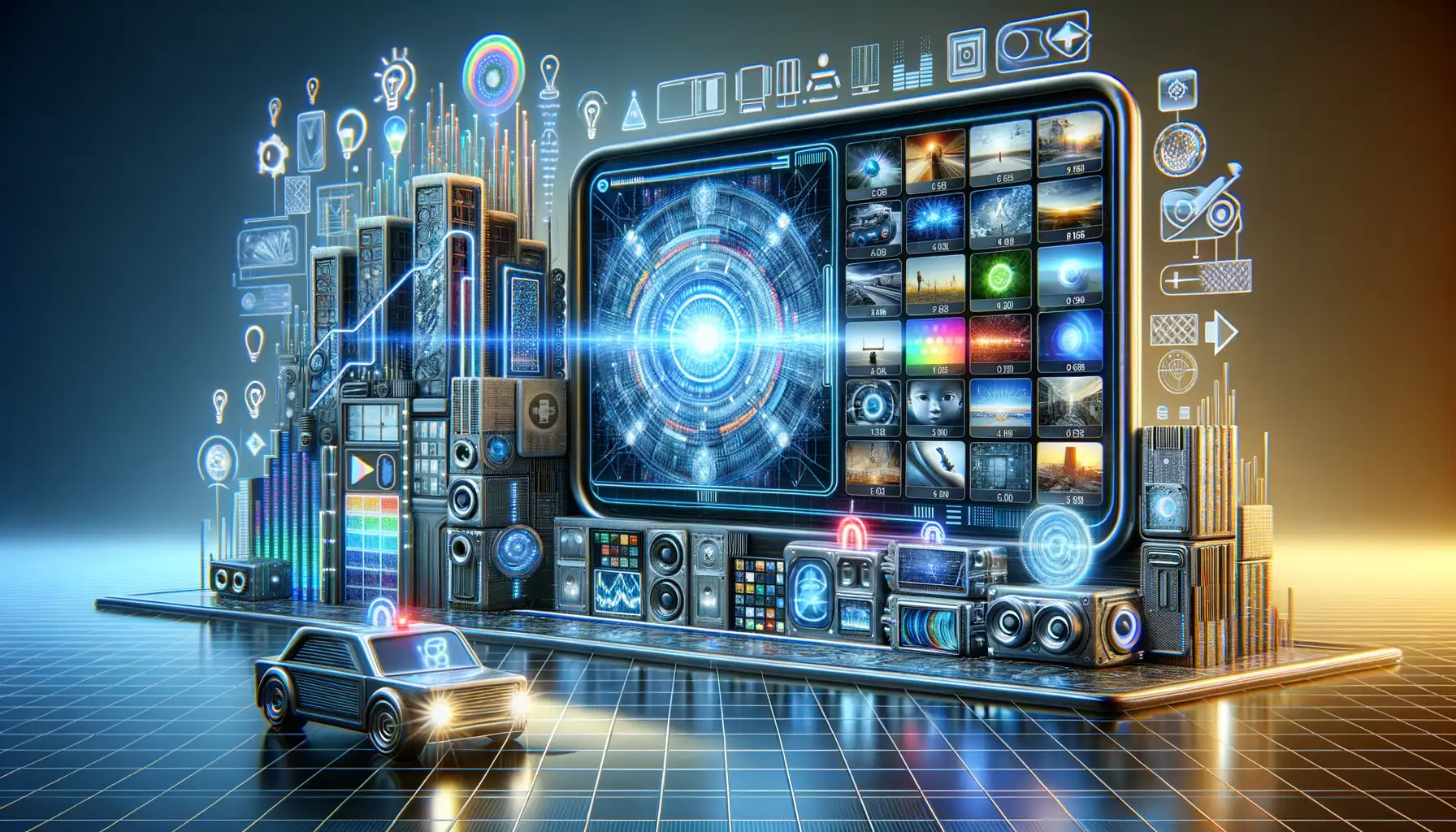
The Rise of Hyper-Personalized Video Content
Picture this: you open your favorite video app, and it feels like it’s reading your mind. It knows you’ve been obsessing over cooking hacks and travel vlogs, so suddenly, there’s a video combining both—a chef whipping up recipes in breathtaking locales. This isn’t magic; it’s the next evolution of AI-driven video recommendations, fueled by smarter, more intuitive algorithms.
In the near future, we can expect AI to dive deeper into context. Imagine it understanding not just what you like but *why*. Are you watching food videos for fun or because you’re planning a special dinner? AI-powered recommendation engines could soon consider your mood, time of day, and even your upcoming plans to tailor suggestions so specific it feels uncanny.
- Real-time adaptation: As you scroll, AI will assess your current behavior—for instance, leaning toward shorter videos on busy days or longer content during laid-back weekends.
- Emotion recognition: By analyzing reactions through subtle cues (like pauses or replays), AI might even adjust recommendations based on what makes you smile or cry.
Integrating Augmented Reality with Video Recommendations
Now let’s take it up a notch. What if AI could pair mobile video recommendations with augmented reality (AR)? For example, you’re watching a DIY room makeover, and within a tap, AR lets you visualize that same cozy couch in your living room. AI isn’t just predicting what you’ll watch—it’s merging those choices with your physical world.
This concept goes beyond entertainment. Fitness enthusiasts could follow along with virtual trainers superimposed in their own space, while fashion lovers could “try on” outfits modeled in runway clips. The future isn’t just about personalizing what you see, but how it interacts with your life, turning video apps into immersive, dynamic experiences.
AI isn’t slowing down; it’s building connections between content, users, and reality itself.




